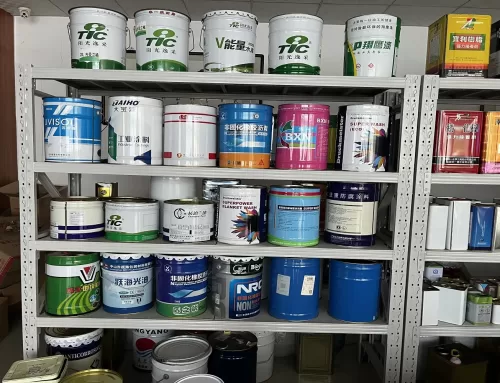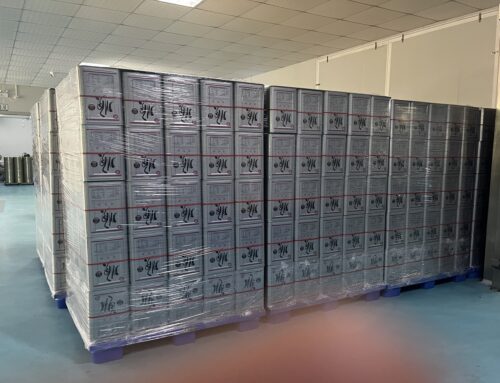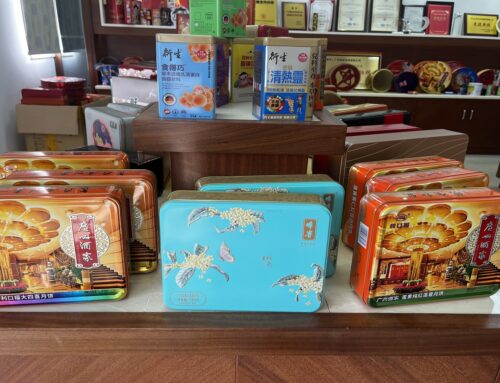1.Iron tongue: due to poor sealing, smooth tongue protruding at the lower edge of the crimping edge. It can appear at any point along the crimping edge, but usually at the seams, where the body hook and cover hook overlap badly, or the cover hook is insufficient. It is main defect when the iron tougue>1.27 mm
2.” teeth “: usually in the narrow part of the crimping, the cover hook and the body hook are not overlapped, or the overlap is insufficient, and the v shape formed is prominent at the lower edge of the crimping.
3. vertical lip (d): the iron tongue in the joint of the can body is called the vertical lip. See figure 4-28. it is allowed to exist when there is no sharp angle, the width does not exceed 20% of the crimping width, no air leakage
w- crimping width
w1- crimping width of the joint
The possible reasons for the vertical lip of the iron tongue are :(” teeth “)
(1)Long body hook
(2) the first crimping is too loose (first crimping roller shaft wear)
(3)First curling gear wear
(4) body high and low (staggered angle)
(5) Clamping contents during curling (products)
(6) Excessive or uneven amount of glue in the lid
(7) The flanging side of the lid is not suitable
4. Fake roll (fake seal): refers to the folded body hook pressed tightly by the folded cover hook, but not hooked to each other on the connected curling. See Figure 4-29. False rolls are sometimes difficult to find during external inspections, and the curling must be dissected to find them.
The possible reasons are:
(1) The flanging of the body can body is folded or knocked flat
(2) Flanging is mushroom-shaped
(3) Damaged or bent sides of the flanging of the lid
(4) Improper coordination of can body and can lid
(5) The can is not placed on the center of the pressure head
5.Large collapsed edges: The large false seals caused by the body and the lid hooks are not hooked to each other due to the can body flanging or the edge of the lid hook severely collapsing, and there is an obvious can body flanging exposed under the curling. Sometimes due to improper adjustment of the equipment and improper lid feeding, the position of the can lid and the center line of the can body is inaccurate, which can also cause a big collapse. See Figure 4-30.
6. Sharp mouth: The front mouth inside the top of the curl is called the sharp edge. See Figure 4-31. When the sharp edge reaches the level of fracture or has caused the iron sheet to break, it is said to be sharp. See Figure 4-32. At the seam or along the entire circumference of the can lid, it is mainly because the can lid part exceeds the top edge of the indenter due to the force during the rolling. It is usually easier to find by touching it by hand than by visual inspection.
The possible reasons are:
(1) Indenter edge wear
(2) The first or second curling rollers are adjusted too tightly
(3) Groove wear of curling roller
(4) Finished products (products) are clamped in the crimp
(5) Vertical movement of the indenter assembling
(6) The first curling roller and the indenter are not calibrated
(7) Excessive vertical movement of the first curling roller
(8) Too much pressure on the chassis
(9) The can body overlapping is too large
7. Hemming fracture: refers to the double hemming that generally occurs at the overlap of the can body and the outer layer of the hemming is broken. See Figure 4-33. When this happens, corrective measures must be taken immediately.
The possible reasons are:
(1) The curling is too tight
(2) Too much sealant
(3) There is a problem with the tin cover of the can
(4) There are parts worn out or improperly adjusted in the sealing machine
8. Double-line: refers to the double-line rolling mark made by the roller on the lower edge of the curl. Anything that does not affect the sealing structure and does not significantly damage the tin layer is allowed.
9. Skip seal or skip: Refers to the phenomenon that the curling edge is thick at the seam and the roller bounces when passing the seam, and the curling edge cannot be pressed tightly. After the dissection, obvious bulge can be seen in the cover hook near the seam. See Figure 4-34. When inspecting the curling, both sides of the adjacent seams should be carefully inspected, because this is the key part that causes the curling to crack.
The possible reasons are:
(1) The sealing machine runs too fast
(2) Too much overlap at the seams of the can body
(3) The buffer spring of the second curling roller is not flexible or damaged
(4) The first roller is too tight
10. Incomplete curling (slippage): refers to the phenomenon of partial curling that is not completely compressed due to slipping of the pressure mould or poor rotation of the roller during the sealing process.
The possible reasons are:
(1) Improper pressure on the support chassis (spring)
(2) The indenter does not match the can lid (the indenter is too small and the arc does not match)
(3) Indenter wear
(4) The curling roller is not flexible (cannot rotate freely)
(5) There is grease on the indenter
(6) Excessive vertical movement of the indenter shaft
(7) Improper adjustment (the distance between the indenter and the support chassis is too high)
(8) The lower edge of the first and second rollers contact the can body
11. Warping of can body (angle)
Warping of the can body is the warping or twisting of the can directly under the sealed curling. It usually occurs near the overlap of the seam, but in serious cases, it will appear along the whole circumference of the can body.
The possible reasons are:
(1) Too much pressure on the chassis
(2) Pressure mould is too low
12, the mis-angle of the can body
The can body plate is not cut at right angles and square, resulting in uneven overlap , as shown in Figure 4-37.
13. Improper body cover match
“Improper body lid match” sometimes refers to the can lids that are not aligned. The can body and bottom lid are not aligned with each other in the sealing machine and cannot match together. Therefore, the cans with the curling edge will have partial body lids that are not complete hooking.
14. countersink too deep
Too deep countersink occurs when its size exceeds the operating limit, and causes the length of the cover hook and overlap to shorten (Figure 4-38).
The possible causes are:
(1) The chassis pressure is too high
(2) The height of the pin gauge is insufficient (short), that is, the distance between the chassis and the indenter is too small
(3) The indenter is not completely embedded in the can lid
(4) The flange of the indenter is too thick.
(5) Improper adjustment of the first roller and the indenter to each other (the roller is too high).
15. Mushroom-shaped flanging Figure 4-39
The mushroom-shaped flanging is the excessive flanging of the can body and causes the hook to grow. This can only be observed by cutting the crimp into a cross section for inspection. The possible reasons are:
Poor handling of the can cover
(1) Excessive flanging.
(2) Damaged by the canning machine.
16 Indenter damage
(1) The indenter damage defect is due to a part of the indenter flange being removed, so that the damaged part loses support for the sealing roller and the curling edge is too loose. The possible reasons are:
(2) Serious damage in the can sealing machine
(3) The gear bites the indenter
(4) Metal fatigue on the flange of the indenter
(5) Pry open the indenter to eliminate the rolling can.
17. Round curling
The top of the normal curling profile is a flat surface (7-shaped), while the round curling is arc-shaped.
Circumferential curling means that the pressure between the indenter and the support chassis is insufficient during the curling process. In addition, the pressure of the first and second rollers is too small, so the gap in the curling is large and the tightness is very likely to be insufficient. If round crimps are found, vacuum and pressure leak testing should generally be conducted for further evaluation.
If the round crimping of the non-leaking can is found during the production process, the sampling frequency should be increased, the changes should be carefully observed, the cause should be traced in time, and improvements should be made.
18. Outflow of glue (rubber overflow): 1) The amount of glue applied is too much; 2) The second roll seal is too strong; 3) The position of the film is improperly coated; 4) The glue is poor and does not adapt to the contents; 5) It doesn’t dry well.
19. Foreign matter involved
20. iron sheet Cracked
21. Outer anti-rust and scratch
The above external defects can be summarized into the following types:
①Deformation of curling, such as sharp edges, sharp mouth, broken curling, vertical lips, “teeth”; ②The body cover hook is not hooked, such as: large sag, false seal (poor fit); ③Not curling Uniformity and unevenness, such as: incomplete crimping, skipping seal; ④Other bad crimping, such as: round crimping, outflow glue, broken iron sheet, external rust-proof scratches, entrapment of foreign objects, crooked cans.




